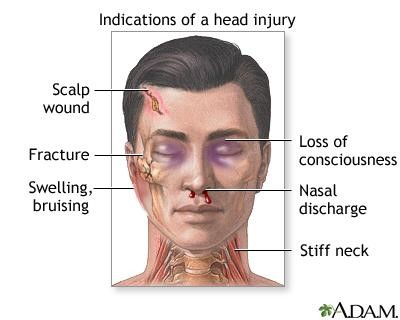A nurse is teaching a client about diagnostic vision tests. The nurse should include that which of the following tests is performed to diagnose macular degeneration?
Amsler grid.
Snellen chart.
Intraocular pressure.
Refraction test.
The Correct Answer is A
Choice A reason: This is the correct answer because the Amsler grid test is performed to diagnose macular degeneration. The Amsler grid is a pattern of straight lines with a dot in the center. The client is asked to look at the dot and report any distortions or missing areas in the grid. This can indicate damage to the macula, which is the central part of the retina that provides sharp vision.
Choice B reason: This is incorrect because the Snellen chart test is not performed to diagnose macular degeneration. The Snellen chart is a chart of letters of different sizes that are read from a distance. The client is asked to read the smallest line they can see clearly. This can indicate visual acuity or sharpness of vision, but not macular degeneration.
Choice C reason: This is incorrect because the intraocular pressure test is not performed to diagnose macular degeneration. The intraocular pressure test measures the pressure inside the eye using a device called a tonometer. The client may feel a puff of air or a gentle touch on their eye. This can indicate glaucoma, which is a condition where increased pressure damages the optic nerve, but not macular degeneration.
Choice D reason: This is incorrect because the refraction test is not performed to diagnose macular degeneration. The refraction test measures how well the eye bends light rays using a device called a phoropter. The client looks through different lenses and reports which ones make their vision clearer. This can indicate refractive errors such as nearsightedness, farsightedness, or astigmatism, but not macular degeneration.
Nursing Test Bank
Naxlex Comprehensive Predictor Exams
Related Questions
Correct Answer is A
Explanation
Choice A Reason: This is the correct choice because driving a motorcycle is a high-risk activity that can expose the client to head trauma, especially if they do not wear a helmet. Traumatic brain injury (TBI) is a condition where the brain is damaged by an external force, such as a collision, fall, or assault.
Choice B Reason: This is incorrect because having high blood pressure is not a direct risk factor for traumatic brain injury. High blood pressure can increase the risk of stroke, which is a condition where the brain is damaged by an internal cause, such as a blood clot or hemorrhage.
Choice C Reason: This is incorrect because smoking and having a family history of brain cancer are not risk factors for traumatic brain injury. Smoking and genetic factors can increase the risk of developing brain tumors, which are abnormal growths of cells in the brain.
Choice D Reason: This is incorrect because golfing and driving a golf cart are low-risk activities that do not pose a significant threat to the client's head. Golfing and driving a golf cart may cause minor injuries, such as sprains, strains, or bruises, but not traumatic brain injury.

Correct Answer is A
Explanation
Choice A reason: This is the correct answer because right-sided homonymous hemianopsia means that the client has lost vision in the right half of both eyes, so placing food trays on the left side of the client will help them see and access their food better.
Choice B reason: This is incorrect because placing food trays on the right side of the client will make it harder for them to see and reach their food, as they have no vision on that side.
Choice C reason: This is incorrect because performing a focused visual exam is not an appropriate action for the nurse to take during meal time. The nurse should assess the client's vision before or after meals, but not interfere with their eating.
Choice D reason: This is incorrect because having the assistive personnel feed all meals to the client will decrease their independence and dignity, as well as their ability to practice using their unaffected side. The nurse should encourage and assist the client to feed themselves as much as possible, and only provide assistance when needed.
Whether you are a student looking to ace your exams or a practicing nurse seeking to enhance your expertise , our nursing education contents will empower you with the confidence and competence to make a difference in the lives of patients and become a respected leader in the healthcare field.
Visit Naxlex, invest in your future and unlock endless possibilities with our unparalleled nursing education contents today
Report Wrong Answer on the Current Question
Do you disagree with the answer? If yes, what is your expected answer? Explain.
Kindly be descriptive with the issue you are facing.
